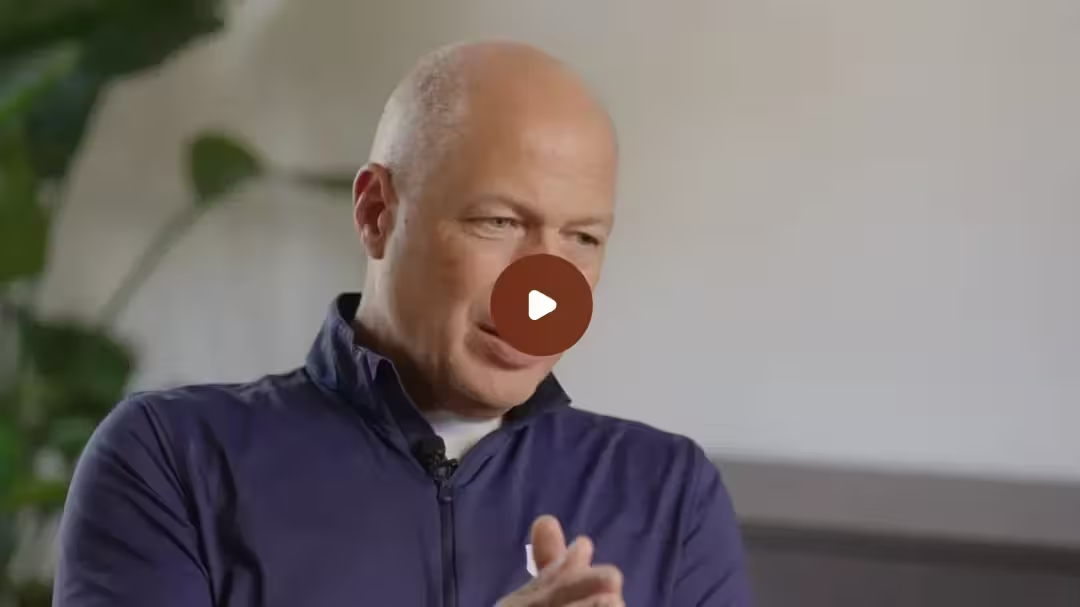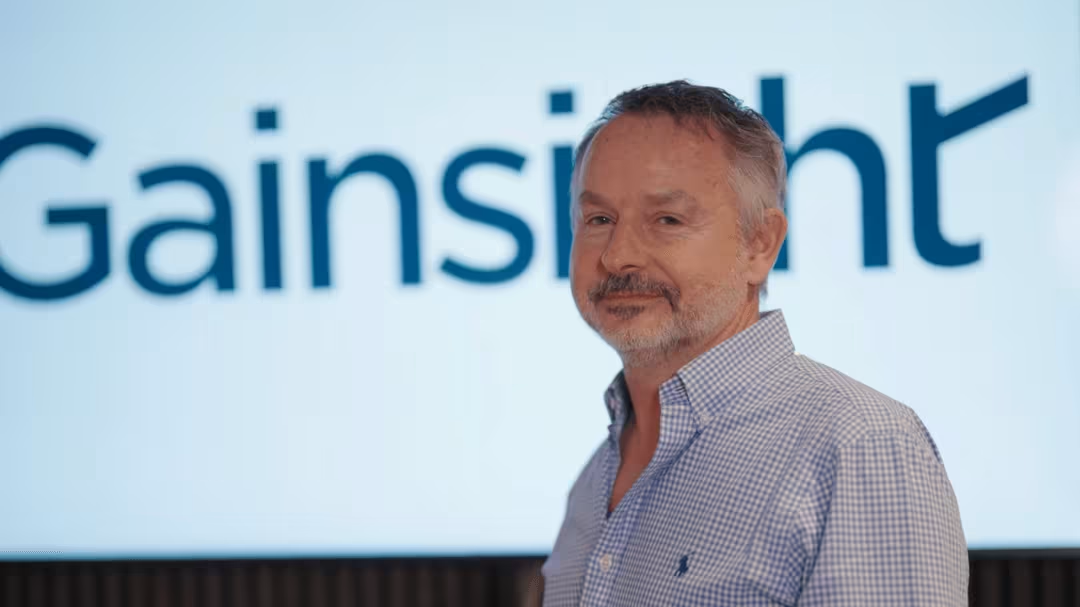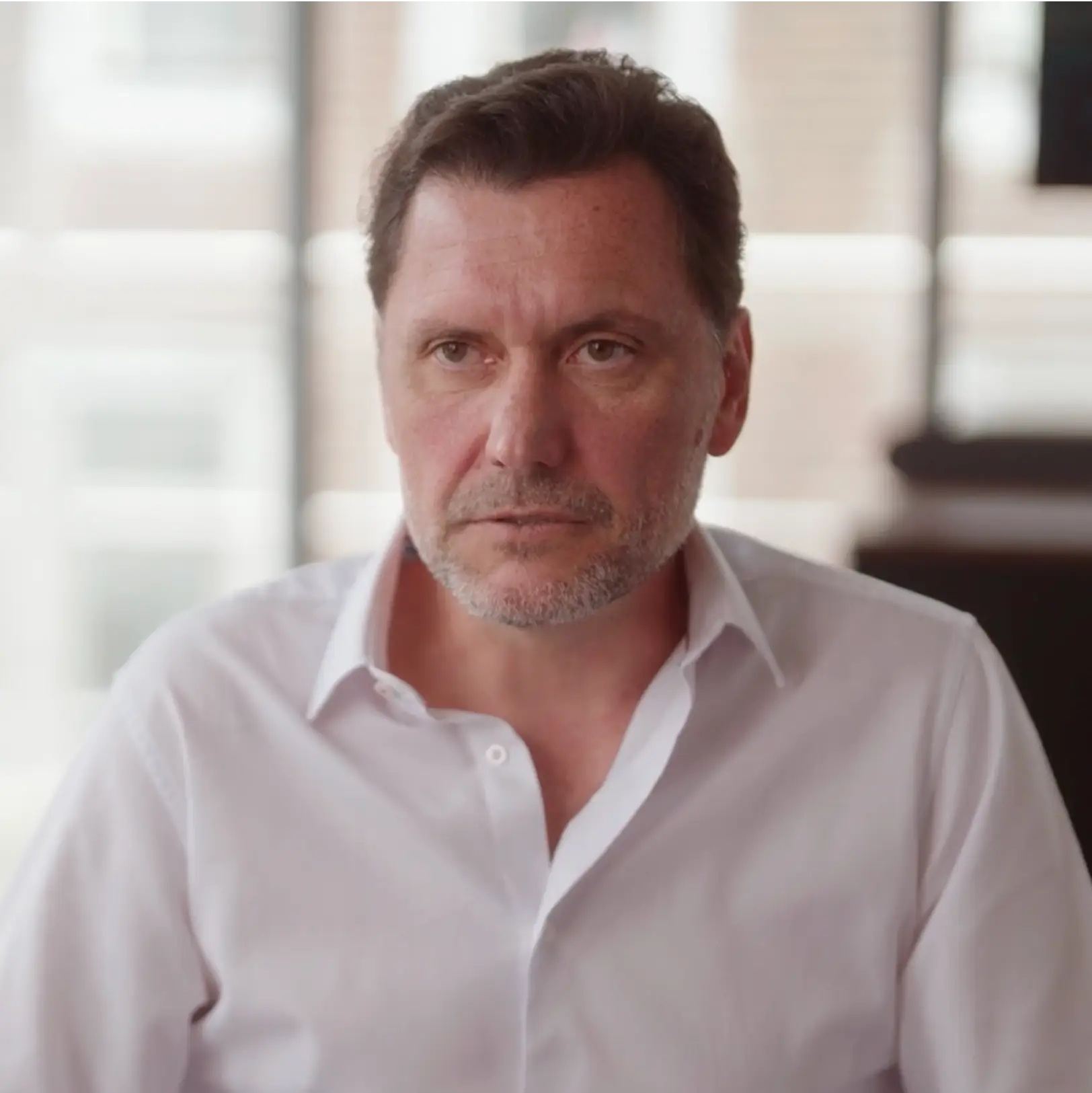Every forecast rests on a chain of systems. When one link slips, a missed sync, a corrupted field, a manual adjustment, the whole picture shifts. In this article, we explore how CFOs can rebuild forecasting accuracy by uniting systems, teams, and definitions.
The typical forecasting ranges & what they mean
Even a 5–10% forecasting miss can derail budgets, strain resources, and erode investor trust. The goal isn’t perfection; it’s tightening variance over time, because every small gain in accuracy delivers a big financial impact.
- 70-80% Accuracy — Common for many companies, especially those with less mature forecasting processes or more volatile markets. (source)
- 80-90% Accuracy — “Strong/good” performance. Indicates clean data, regular processes, reliable pipeline visibility. (source)
- 90-95%+ Accuracy — Best in class. Rare, but achievable with disciplined forecasting, automation or AI tools, frequent updates, and strong alignment across sales, finance, and operations. (source)
The invisible cracks beneath every missed forecast
In many organisations, systems are built for speed before they’re built for stability.
Startups race to get CRMs, ERPs, and finance platforms live, often in isolation. Scale-ups inherit a patchwork of tools stitched together under pressure, while larger enterprises wrestle with legacy integrations that strain under modern demands.
What starts as a series of quick, tactical choices, a new tool here, a temporary fix there, eventually becomes structural debt. Each unaligned system adds friction, quietly compounding over time and eroding visibility and control.
Over time, the cracks show, data fragments, teams patch gaps by hand, and insights slow to a crawl. CFOs end up spending more time chasing yesterday’s numbers than shaping tomorrow’s strategy, and forecasting turns into an exercise in catching up, not looking ahead.

On the Next Exit podcast, Dan Bowyer, Partner at SuperSeed, described the knock-on effect:
“Companies seldom run out of money in the literal sense. What they run out of is energy.”
That loss of energy comes from friction. When systems fail to align, every process slows down. Teams question the data. Confidence erodes. And eventually, the business loses momentum.
How system fragmentation distorts reality
At first, the gaps are small. A deal is logged in the CRM but not reflected in the revenue forecast. Expense data sits in a separate system waiting for manual upload. The P&L lags behind commercial reality by two weeks.
Each of these gaps is manageable on its own. But together, they create a version of the business that isn’t quite real. It’s a subtle distortion, like viewing performance through frosted glass. The outline remains, but the details blur, which leads to confident decisions built on incomplete truths.
1. Data inconsistencies
When definitions of revenue, pipeline, or cost vary across systems, the forecast becomes a negotiation. CFOs spend meetings debating which dataset to trust rather than what decisions to make.
As John Henderson, Deputy CFO at MIQ, put it on Next Exit:

“If the numbers cannot be trusted, everything else is at risk.”
Forecasting is only as strong as its foundation. Without system consistency, even the best analysts are working blind.
2. Manual interventions
Disconnected systems force finance teams into endless workarounds - exporting, adjusting, and re-uploading data between platforms. Every manual touchpoint increases risk. Every reconciliation adds delay.
A forecast that depends on human stitching can never truly be real-time, and by the time numbers reach the board, they’re already out of date.
3. Limited visibility
When data can’t flow freely, CFOs lose the ability to spot early signals. Pipeline fluctuations, margin compression, or rising churn appear only after the quarter ends. Strategic decisions become reactive rather than predictive.
The credibility crisis in forecasting
Forecasting is how CFOs build trust. Investors and boards don’t expect perfection, but they do expect consistency. Consistency signals control. When forecasts align quarter after quarter, stakeholders interpret it as operational discipline. When they don’t, even minor variances can cast doubt on leadership’s grip on the numbers.
Dan Bowyer has seen both sides of that equation, as a founder and as an investor:

“The first thing investors look for is predictability. If the company can’t forecast itself accurately, it tells you something deeper about how it’s run.”
A broken system can damage the narrative around your numbers. Variances that can’t be explained weaken confidence. CFOs are forced to defend data rather than discuss direction.
Once trust erodes, the consequences multiply. Strategic plans lose credibility. Valuations come under pressure. Teams start second-guessing each other.
When systems fail, alignment fails
Behind every broken forecast is a chain reaction.
- Sales forecasts from CRM don’t match recognised revenue.
- Operations run on spreadsheets disconnected from finance.
- The finance team spends days reconciling data that should flow automatically.
As the gaps widen, communication breaks down, and departments stop trusting each other’s numbers. Forecasting becomes more about internal politics than external planning. The irony is that every department believes its numbers are the most accurate, sales trusts pipeline data, operations trusts delivery data, and finance trusts the ledger. Without system harmony, there is no single version of reality, only competing narratives.
Marie Charpentier, CFO of Accredit Solutions, described it well:

“If the sales team’s CRM says one thing, the finance system says another, and operations have their own spreadsheet, you spend half the meeting arguing about whose data is right instead of what the data means.”
Inconsistent systems destroy alignment. And alignment is what keeps forecasts alive.
The three failure points that derail accuracy
Through discussions with CFOs and investors on the Next Exit podcast, three recurring failure points emerge that explain why forecasts so often go wrong.
1. The system failure
Multiple tools track different versions of performance with no unified data model. A “deal” means one thing in CRM, another in finance, and a third in reporting.
2. The process failure
Teams build short-term fixes that rely on manual input. Instead of integration, they rely on people to reconcile differences, a fragile system that breaks under scale.
3. The culture failure
When data is fragmented, teams lose ownership. Forecasting becomes finance’s problem rather than a shared discipline. The organisation starts forecasting for compliance, not insight.

Sun Choi, who has served as a consulting CFO for multiple SaaS firms, explained how he tackles it:
“The first step in any engagement is to reconstruct the financial history. Once you fix the past, you can forecast the future.”
Without trust in the baseline, there’s no confidence in the projection. Forecast accuracy, in that sense, mirrors accounting integrity. Just as auditors demand a reliable ledger before certifying results, CFOs need a dependable data foundation before guiding strategy.
The CFO’s forecast maturity curve
Every CFO sits somewhere on a spectrum of forecasting maturity. The difference between reactive and predictive finance comes down to system health.
Most businesses operate in the “informed” stage, with good data, but not connected enough to be trusted without verification. The leap to “predictive” requires CFOs to think beyond process and technology and look at cultural change.
Cultural change means redefining forecasting as a shared responsibility, not a finance function. When sales, marketing, and operations participate in maintaining data integrity, forecasts stop being numbers owned by one team and become insights owned by the whole business.
Building forecasting discipline: what predictable companies do differently
Through our work with CFOs and finance leaders, we’ve identified three repeatable habits that separate predictable companies from reactive ones.
These organisations treat forecasting as an engineering disciplin, where every input is connected, every definition aligned, and every outcome measurable.
1. Integration before automation
Many CFOs rush to automate reporting before fixing their data foundations. But automation layered over bad data only accelerates errors. The best finance teams focus first on connecting data sources - aligning CRM, ERP, and finance definitions before they build automation.
As Marie Charpentier put it:

“In every company I’ve joined, the first question I ask is whether the systems talk to each other. If they don’t, the first six months are spent fixing that.”
Forecasting Tip: Before automating anything, map how data flows between your CRM, ERP, and finance platforms. Identify where integrations break or require manual uploads, fix those first.
2. Commercial alignment
Forecasting credibility depends on the link between commercial activity and financial outcomes. When CFOs own that connection, understanding how pipeline quality, customer churn, and deal velocity feed into revenue, forecasts become more resilient.
Blaine Fitzgerald described how his team balances the two:

“Although we are a growth-first company, we want to do that sustainably. We balance year-on-year revenue growth with adjusted EBITDA. When we add those percentages, we expect it to be over 40, and we have delivered that for years.”
This alignment between growth and discipline transforms forecasting from a backward-looking function into a forward-looking one.
Forecasting Tip: Build monthly cross-functional forecast reviews with sales and operations to keep assumptions grounded in real activity.
3. Cadence and communication
Forecasting is a language of trust. Companies that build a consistent rhythm of updates, explanations, and variance reports create confidence over time.

Richard Simons, CFO of IDX, summed it up clearly:
“Forecasting is how you communicate credibility. Missed forecasts unravel confidence overnight.”
Predictability doesn’t mean perfection. It means having the systems, cadence, and transparency to explain the numbers with confidence. The companies that achieve this rarely have simpler businesses - they just have simpler data flows. Their systems speak the same language, their teams share the same definitions, and their leaders use those shared truths to drive faster, smarter decisions.
Forecasting Tip: Set a predictable forecasting cadence and publish variance commentary, even when numbers miss target to build transparency and trust.
From firefighting to foresight: the CFO’s opportunity
The shift from reactive forecasting to predictive insight is a leadership opportunity because CFOs who can unite systems, teams, and data create an organisation that sees ahead rather than catches up. Instead of fixing broken forecasts each quarter, they shape the decisions that drive future ones.

John Henderson explained this transition:
“The closer you get to real-time visibility, the more time you have for strategic decision-making. The forecast becomes less about what happened last quarter and more about what’s likely to happen next.”
With that visibility, the CFO role expands; they become the connective tissue of the organisation, translating performance data into strategy, guiding investment with precision, and steering culture toward accountability and foresight.
The Kluster perspective: fix the system, not the spreadsheet
When data lives in silos, even the sharpest finance teams are left reconciling fragments instead of managing the full picture.
At Kluster, we help CFOs rebuild that picture. By connecting CRM, ERP, and finance data into a single, trusted source of truth, forecasting evolves from a backward-looking task into a forward-looking discipline. What once took days of manual reconciliation becomes a live, transparent view of performance that drives faster, more confident decisions.
Because when your systems connect, your forecast is credible. And credibility is what investors, boards, and teams rely on most.
Your systems hold the key to forecasting confidence.
Discover how Kluster helps finance leaders move from firefighting to foresight. Book a demo and see how connected systems create confident forecasts.


.svg)
.svg)
.svg)
.svg)










